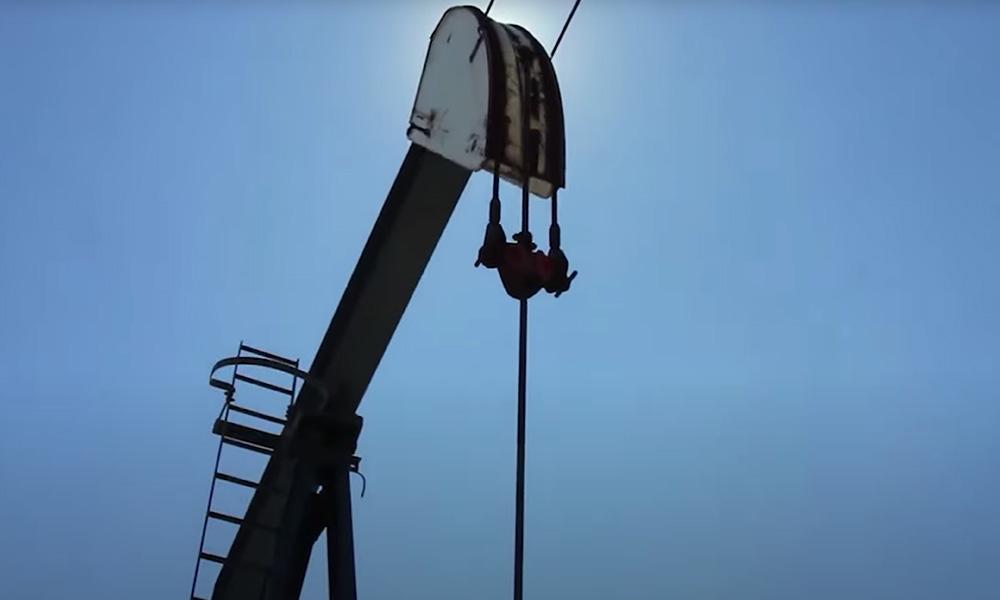A stunning reversal! OPEC+'s gradual increase in production followed by a sudden halt resolved the 4 million barrel oversupply crisis in one fell swoop?
2025-11-03 11:24:41

The underlying logic behind halting production increases: optimism disguised by weak demand.
OPEC+'s official stance remains firm: the global economic outlook is stable, and the fundamentals of the oil market are as healthy as ever. However, it's clear to anyone with a discerning eye that the first quarter is traditionally a low point for oil demand, and weak consumption is almost a given.
This move to suspend production increases, while ostensibly a rational response to seasonal factors, actually reveals the alliance's cautious optimism about future supply and demand prospects.
After all, if everything is really as stable as they say, why not continue to increase production slightly? What lies behind this is a delicate balancing act against the uncertainty of global oil demand growth—not wanting to prematurely release liquidity and cause a supply glut, but also maintaining sufficient production to stabilize oil prices.
Widening Divergence in Forecasts: OPEC Optimistic vs. IEA Pessimistic, Market Caught in the Middle
The future of the oil market is never monolithic. In its October monthly report, OPEC confidently predicted that global oil demand will grow strongly by 1.38 million barrels per day in 2026, achieving a basic balance between supply and demand, painting a harmonious and promising picture.
In contrast, the International Energy Agency (IEA) poured cold water on the situation in its report that same month: demand growth was only 700,000 barrels per day, while supply could see an explosive surge, leading to a staggering surplus of up to 4 million barrels per day!
The discrepancy between these two authoritative forecasts is enough to keep any investor up at night. Most market analysts have opted for a compromise, predicting an oil surplus of approximately 1.6 million barrels per day in 2026, according to a September survey.
This prediction battle not only highlights the ideological differences behind the data, but also adds layers of uncertainty to OPEC+ decision-making.
Uncertainties pile up: sanctions, recovery efforts, and the sensitive nerves of Asian buyers.
OPEC+'s decision to suspend production increases is essentially a smart preventative insurance strategy aimed at preventing a potential oil price collapse caused by oversupply.
Given the current volatile supply and demand landscape, this move is undoubtedly wise. Recently, the US imposed a new round of sanctions on Russian oil producers, while President Trump continued to pressure major Russian oil buyers—India and China—directly raising concerns about potential supply disruptions from Russia.
In the short term, purchases from India and China may decline, but it is generally expected that this is only a temporary setback and Russian crude oil exports will soon return to normal.
The optimism on the supply side stems primarily from Russia's robust export capacity and the continued production expansion of non-OPEC oil-producing countries; while on the demand side, there is a high dependence on the Asian market, the world's largest crude oil importing region, which accounts for about two-thirds of the total seaborne crude oil volume.
However, the lifeline of Asian demand rests in the hands of China and India, the world’s two largest net oil importers, who are extremely sensitive to oil prices: they hoard oil when prices are reasonable and immediately reduce imports when prices rise.
OPEC+ is now in a dilemma: if their optimistic demand forecasts come true, oil prices must remain low to incentivize Asian buyers, especially China, to increase imports (China continues to steadily expand its commercial and strategic inventories). However, if the alliance quietly shifts towards limiting production growth to prop up prices, it risks reducing imports, leading to further demand contraction. This game tests not only the art of production adjustment but also the delicate balance of global oil geopolitics.
A cautionary tale: On the eve of the oil price storm, can OPEC+'s insurance strategy withstand the test?
In summary, this round of subtle maneuvering by OPEC+ is both a steady continuation of market expectations and a timely brake in response to the storm of uncertainty. It not only alleviates potential oversupply pressures but also lays the groundwork for a major oil market battle in 2026. Under the multiple pressures of sanctions, sensitive demand, and surging supply, this decision acts as a preventative measure, aiming to safeguard oil price stability. However, the road ahead is fraught with challenges: if demand recovery falls short of expectations or oversupply exceeds anticipated levels, a decline in oil prices will be inevitable. Investors need to closely monitor the movements of Asian buyers and the resilience of Russian exports!
On Monday (November 3) during the Asian session, international oil prices opened slightly higher but then fluctuated and fell back. US crude oil rose as much as 0.75% to $61.48 per barrel in early trading, a new high in nearly four trading days, but then fluctuated and fell back, once dropping to $61.10 per barrel, with the gains narrowing to 0.25%.
At 11:23 Beijing time, US crude oil is currently trading at $61.16 per barrel.
- Risk Warning and Disclaimer
- The market involves risk, and trading may not be suitable for all investors. This article is for reference only and does not constitute personal investment advice, nor does it take into account certain users’ specific investment objectives, financial situation, or other needs. Any investment decisions made based on this information are at your own risk.





















